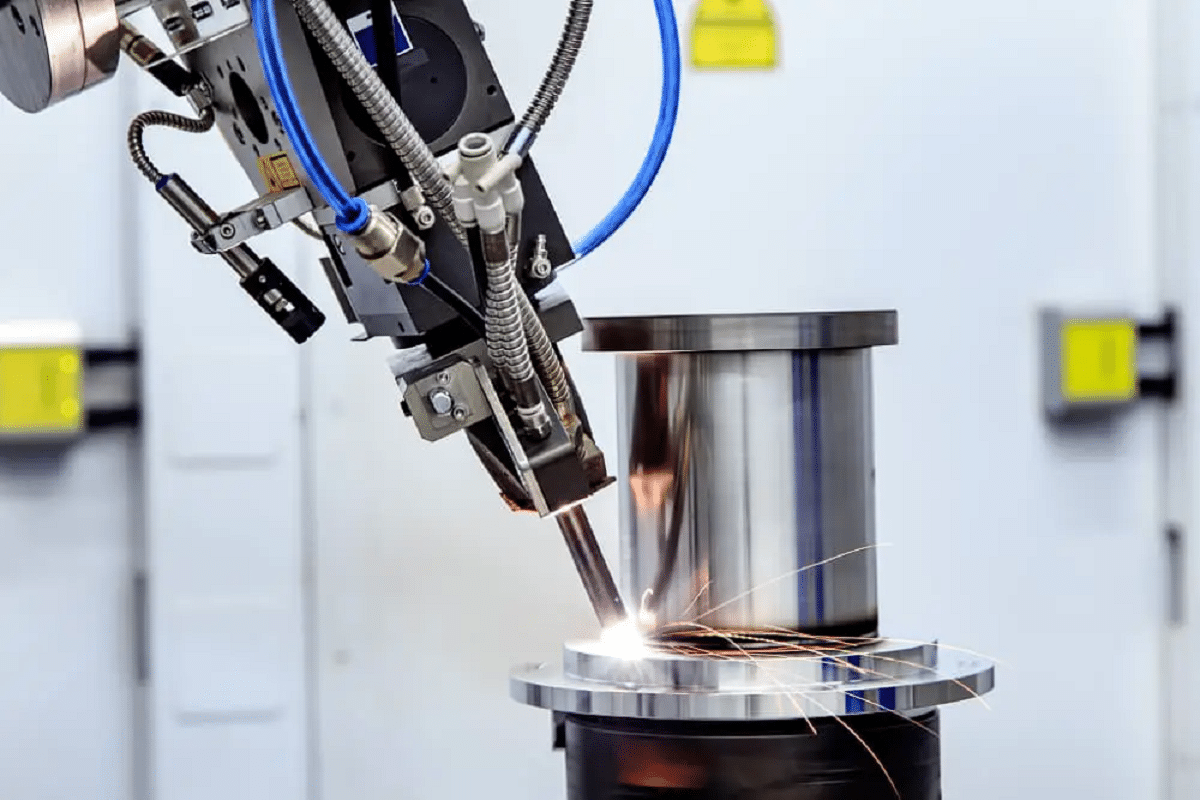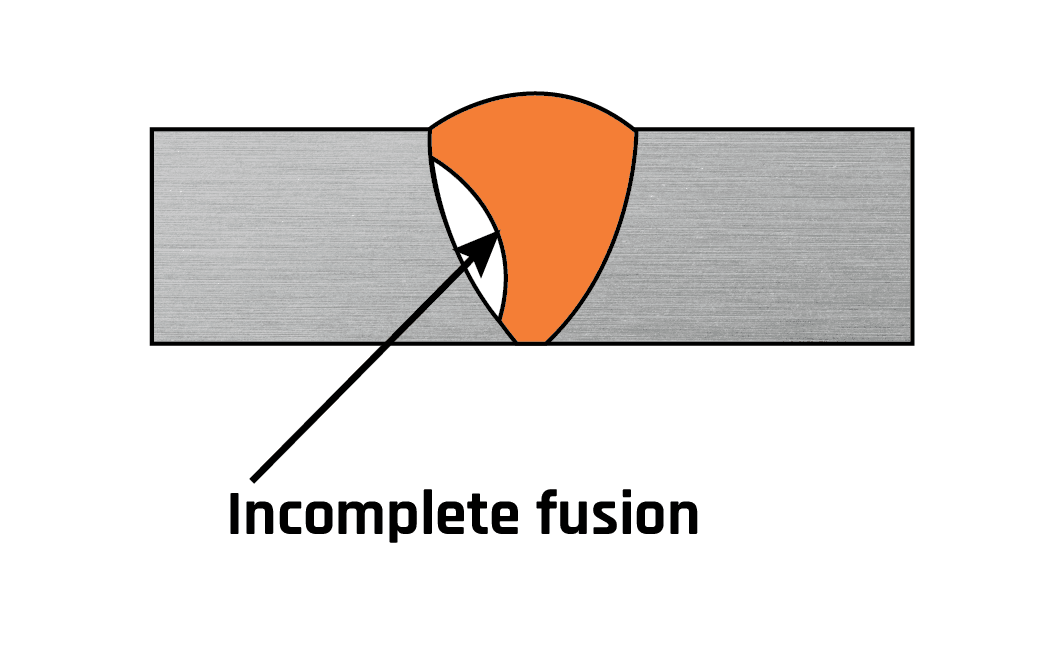Your Full Manual to Preventing Weld Undercut Like a Pro
Your Full Manual to Preventing Weld Undercut Like a Pro
Blog Article
Crucial Tips for Welders: Protecting Against Undercut Welding and Ensuring Stronger Weld Joints
In the world of welding, achieving solid and durable weld joints is the keystone of producing high-grade job. One usual challenge that welders typically run into is undercut welding, which can endanger the honesty of the weld joint. By understanding the elements that contribute to undercutting and implementing the right methods and safety measures, welders can efficiently prevent this concern and make sure the longevity and strength of their welds. Allow's discover some important ideas that can assist welders browse this difficulty and elevate the high quality of their welding jobs.

Understanding Undercut Welding
Undercut welding is a common welding flaw that occurs when the weld steel stops working to appropriately fill up the groove and leads to a groove-like clinical depression along the weld bead. This flaw compromises the weld joint, making it prone to cracking and failure under anxiety. Damaging can be brought on by different factors, including excessive welding existing, high welding speed, incorrect electrode angle, incorrect electrode dimension, and inadequate welding strategy.
Among the major reasons for undercut welding is a discrepancy between the welding existing and the welding speed. If the welding current is also high or the welding rate is as well fast, the weld steel might not adequately fill the groove, leading to damaging. Furthermore, utilizing an electrode that is too big can result in a comparable result, as the excess metal can not correctly stream right into the groove.
To prevent undercut welding, welders ought to guarantee they are using the proper welding criteria, preserve an appropriate electrode angle, pick the ideal electrode size, and technique appropriate welding strategies. By attending to these elements, welders can lessen the risk of damaging and produce more powerful, a lot more trusted weld joints.
Appropriate Welding Technique
Reliable welding technique plays an essential duty in guaranteeing the quality and stability of weld joints. One essential aspect of correct welding method is maintaining the proper angle and distance in between the welding weapon and the workpiece.
Additionally, a constant and consistent hand motion is vital for developing solid and long lasting weld joints. Welders ought to go for smooth, consistent activities to make certain even circulation of the weld product. Correct adjustment of the welding weapon and filler material is also key to attaining optimum infiltration and blend.
Additionally, regulating the warmth input and picking the ideal welding specifications based upon the product being welded are critical consider attaining top notch welds - Preventing weld undercut. Welders ought to comply with the recommended settings given by welding procedure specifications and adjust them as required based on the specific demands of the task. By understanding proper welding techniques, welders can considerably boost the stamina and integrity of their weld joints
Selecting the Right Electrode
Preserving the proper angle and distance in between the welding gun and the workpiece is fundamental when thinking about the relevance of picking the best electrode in welding applications. The choice of electrode plays a vital role in determining the top quality and useful source stamina of the weld joint. Electrodes are available in numerous types, each made for certain objectives and materials.
Firstly, choosing the suitable electrode size is necessary. Thinner electrodes are appropriate for welding thin products, while thicker electrodes are much better for thicker materials and greater warmth applications. Matching the electrode size to the density of the workpiece aids achieve a balanced weld.
Second of all, comprehending the product make-up of the electrode is important. Various electrodes are made for welding details products like steel, stainless-steel, light weight aluminum, or cast iron. Utilizing the correct electrode material guarantees excellent fusion and lessens the danger of problems in the weld.
Finally, considering the welding position and technique is vital when selecting the electrode type. Specific electrodes are better fit for upright or overhanging welding settings, while others function well for level or horizontal placements. Choosing the best electrode based on the welding method enhances the general weld top quality and stability.
Preparing the Base Steel
To guarantee an effective welding procedure, what first actions should be taken when preparing the base metal for welding? Additionally, any existing weld material or deposit from previous welding should be gotten rid of to make certain a clean more information surface for the brand-new weld.

Conducting Post-Weld Inspections

After conducting these evaluations, welders have to contrast the results against market requirements and task needs to make sure that the weld joint fulfills all needed requirements. Any kind of variances or insufficiencies found during the post-weld examination needs to be without delay addressed with proper restorative procedures to ensure the weld's honesty. By faithfully executing post-weld examinations and quickly attending to any type of problems, welders can maintain the quality and integrity of their job, ultimately adding to the safety and security and long life of the welded structures.
Conclusion

To conclude, preventing undercut welding and ensuring more powerful weld joints call for a mix of correct welding strategy, choosing the ideal electrode, preparing the base steel correctly, and carrying out post-weld examinations. By understanding the sources of undercut welding and implementing the essential precautions, welders can produce high-grade weld joints that meet market standards their website and guarantee the structural stability of the bonded parts.
Undercut welding is a typical welding problem that happens when the weld metal fails to correctly fill the groove and results in a groove-like anxiety along the weld bead (Preventing weld undercut). Undercutting can be created by different elements, consisting of excessive welding current, high welding speed, incorrect electrode angle, inaccurate electrode size, and bad welding strategy
One of the main reasons for undercut welding is an inequality between the welding current and the welding speed. If the welding current is as well high or the welding rate is also fast, the weld steel might not appropriately fill the groove, leading to undercutting.Keeping the correct angle and distance between the welding gun and the workpiece is fundamental when thinking about the importance of selecting the right electrode in welding applications.
Report this page